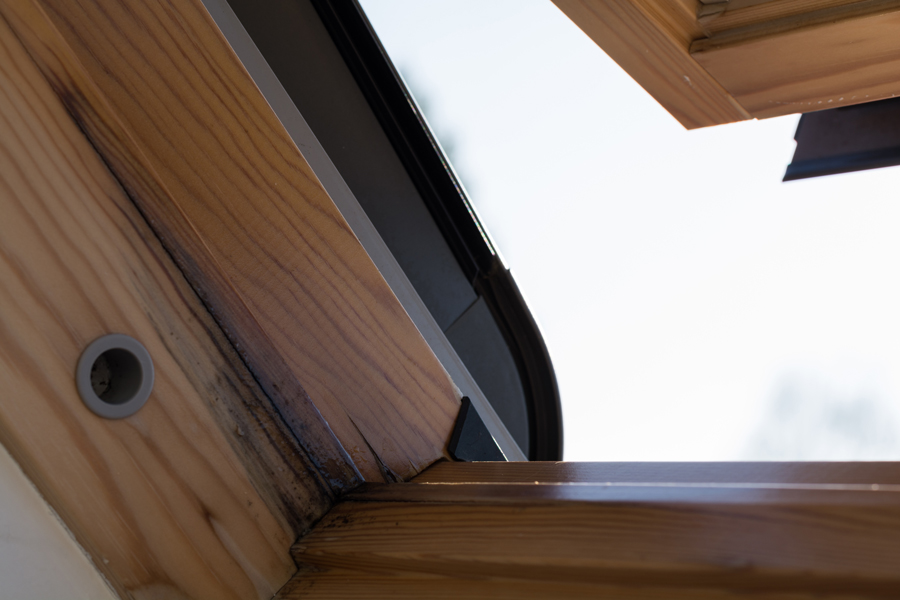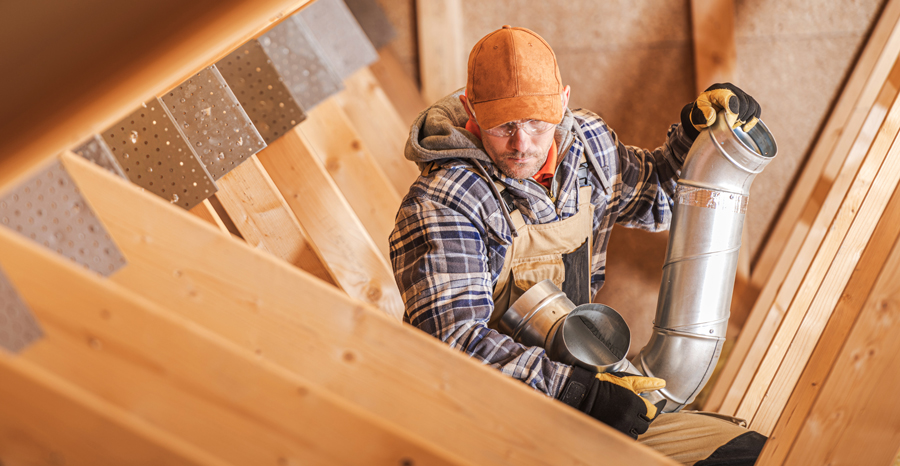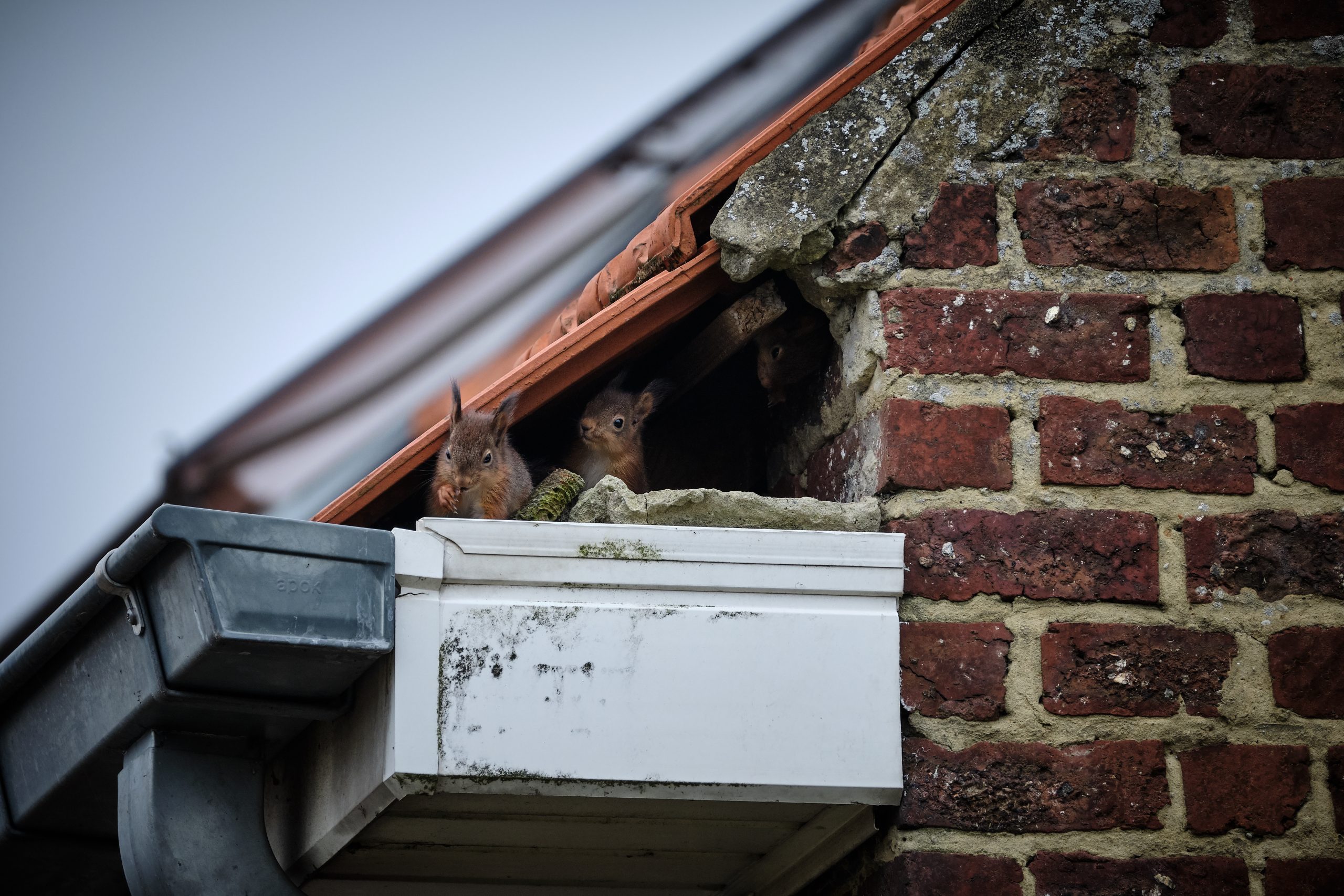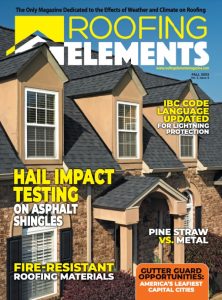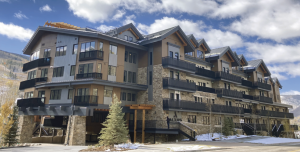Editor’s Note: Since 1998, Air Vent has been presenting free “Attic Ventilation: Ask the Expert™” seminars for roofing professionals throughout North America. This article is the result of one such seminar. Watch for more ventilation articles in upcoming editions of Roofing Elements.
A client contacts you and tells you they want their roof replaced. If you replace their roof without considering ventilation, there’s a serious risk of premature roof failure — especially if their previous roof failed because ventilation was lacking.
Research by Joseph Lstiburek, Building Science Corporation [www.buildingscience.com], Westford, Massachusetts, cites a 10% service life reduction on shingles installed above unvented attics. However, according to Air Vent, who has been gathering feedback for more than 20 years, roofers estimate a much quicker loss; feedback from roofers and ventilation peers estimate shingle life can be reduced by as much as 24%. Furthermore, if the intake vents are blocked by insulation, roof replacement may be necessary in as little as 10 years.
Paying attention to the clues in front of you today can save you a lot of headaches in the future.
Signs of Poor Ventilation
There are telltale signs of inadequate ventilation you can look for when bidding a job. Roofers reported the symptoms of shingle-life reduction due to the lack of ventilation to Air Vent; symptoms include extreme to complete granule loss, blistering on the shingles, shingles curling up on the end, brittle shingles, premature dry-out, and cracking and fracturing throughout the shingle. Check the gutters; if you find excessive granules, you know there’s a problem.
Other exterior clues include loose shingles, flashing visible where it shouldn’t be, and a buckled or wavy roof deck. Is there blistering or peeling paint? If so, it indicates a moisture problem that may be due to inadequate ventilation.
Ice dams in winter months can be a sign of inadequate attic ventilation (but also check the R-Value of the attic insulation which is the first defense against ice dams). Even if you are performing a roof inspection during warm weather in a Northern area, pay attention to what the gutters tell you.
You may even see exhaust vents but no visible intakes. Exhaust vents without intake are useless. Exhaust vents release the hot, moisture-laden air from the attic; it’s equally important that intake vents be present to allow cool, fresh air into the attic. (To work most efficiently, the net free area of air intake and exhaust must be balanced.)
Attics also hold valuable clues about ventilation deficiencies. Look for rust on nails, flashing, and duct straps. Keep an eye out for compacted insulation, mold or mildew, dark discoloration of the plywood, and odors. You may even discover condensation. All are signs that the ventilation system may be insufficient.
A roof over a space that collects and holds moisture will fail. It’s just a matter of time. It doesn’t matter where – North, South, and everywhere in between. Water vapor that is trapped – or even vented into an attic – is a recipe for roof system failure.
What Next?
The importance of being able to spot signs of poor ventilation cannot be overstated. As a professional in the construction trade, it’s up to you to guide homeowners on the importance of building systems working together. Educate the homeowner by explaining what can go wrong with the roof and attic if it’s not properly vented. Show them the shingle manufacturer’s limited warranty, which specifically mentions proper attic ventilation must be part of the roof or it starts to reduce the warranty.
If you find the ventilation is inadequate and the homeowner won’t remedy the situation, you have choices. A few of the choices are:
• You can absorb the cost of including proper ventilation when you bid the job.
• You can suggest a less expensive shingle to fit the bid to the homeowner’s budget.
• Be willing to walk away. Don’t compromise your professional reputation. You’re the one who will be getting the call-back. A failed roof may cost you more than you can afford.

